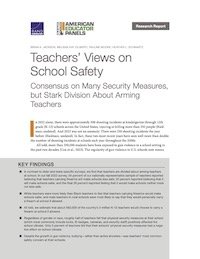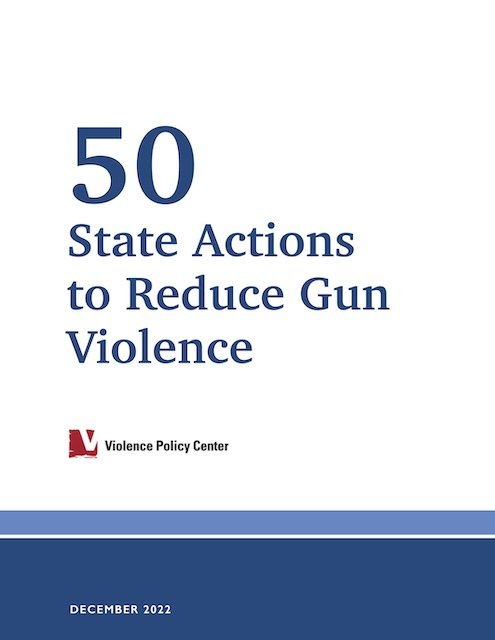By Jason Theis, Katherine Hoops, Marisa Booty, Paul Nestadt, Cassandra Crifasi
Introduction: In the United States, firearm suicide represents a major cause of preventable, premature death among veterans. The purpose of this systematic review was to characterize the body of literature on veteran firearm suicide and identify areas for future research, which may facilitate the development of firearm suicide interventions in Veterans Health Administration (VHA) and non–Veterans Health Administration clinical settings.
Materials and Methods: All randomized controlled trials, quasi-experimental, naturalistic, observational, and case study designs published between January 1, 1990, and February 21, 2019, were included in our review. Following title and abstract review, 65 papers were included in our full-text review and 37 studies were included in our analysis. We based our approach on a modification of the Preferred Reporting Items for Systematic Reviews and Meta-Analysis guidelines. Studies were grouped into broad, non-mutually exclusive categories: (1) heterogeneity of datasets and veteran status determination for inclusion, (2) service histories, (3) firearm ownership, storage, behaviors, and risk perceptions, (4) patient and clinician attitudes toward firearm restriction interventions, (5) firearm suicide risk factors by study population, and (6) assessments of clinical firearm interventions.
Results: This body of literature consists predominately of cross-sectional studies with mixed definitions and validation of veteran status, which revealed a high concordance of increased risk of firearm suicide compared with nonveterans. Veterans have higher rates of firearm ownership than the general population, primarily citing personal protection as the reason for gun ownership. Veterans often exhibit risky firearm usage and storage behaviors but tend to favor measures that limit access to firearms by at-risk individuals. Despite this, there remains persistent hesitation among clinicians to screen and counsel veterans on firearm safety.
Conclusions: This systematic review highlights an urgent need to produce higher quality evidence and new data with standard definitions that are critical to inform clinical practice and enhance public health measures to reduce firearm suicide among veterans
Military Medicine, Volume 186, Issue 5-6, May-June 2021, Pages e525–e536,





















